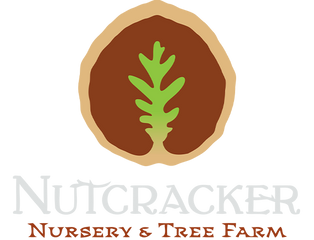American hophornbeam, (ostrya virginiana)
Shipping calculated at checkout
74 in stock
Need more? Contact us
This tree, which is not very tall, has simple leaves, doubly toothed and slightly downy underneath. It is mainly recognized by its brownish gray bark which cracks into thin longitudinal edges detaching at the ends. Its young branches are pubescent. Its fruit forms cones similar to those of hops.
The Virginia ostryer is the tree with the hardest wood in Canada, hence its name “ironwood”. It can live for around 100 years and reach a height of no more than 10 or 15 m.
The Virginia ostryer is an interesting asset for the naturalization of disturbed sites because the young seedlings have the capacity to grow quickly as soon as a thinning appears in the plant cover. Its roots form a dense network on the surface and its deep root, called taproot, protects the soil against erosion.
However, after a few years, its growth slows down enormously and it develops mainly in height, taking little volume. As its trunk remains thin and its growth is slow, the tree is of no interest to forestry companies who consider it more of an “undesirable” and seek to destroy it on their territory.
From an environmental point of view, this tree is considered representative of the climax of the stand of which it is a part. It flourishes under the cover of other more massive trees such as the sugar maple, the American ash or the red oak with which it achieves a certain balance.
In Eastern Canada and the North-Eastern United States it lives in maple groves, in rich sites and on rather dry soils. It grows best in deep, fertile, moist, well-drained soils, especially if the subsoil contains limestone. It is abundant in maple, hickory and basswood groves. It is found approximately up to 47° north latitude.
Able to tolerate the shade of large trees, it frequently associates with sugar maple, American beech, yellow birch and American basswood. As the ostryer prefers dry, well-drained, relatively rich soils, it achieves its best development on south-facing slopes and hills.
Use
Its wood, one of the hardest and most resistant in the country. It is used to make tool handles, mallets, sled runners or any other item that must resist wear. Too scattered and almost always small, the ostryer is however not exploited commercially. It is a good fuel but is almost impossible to split.



